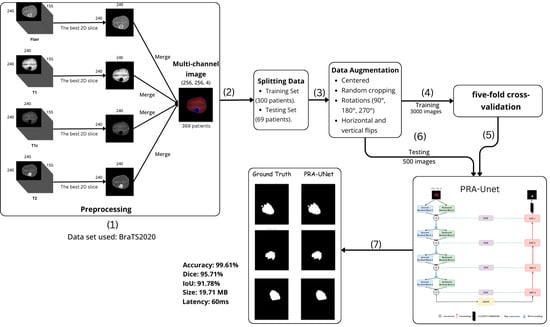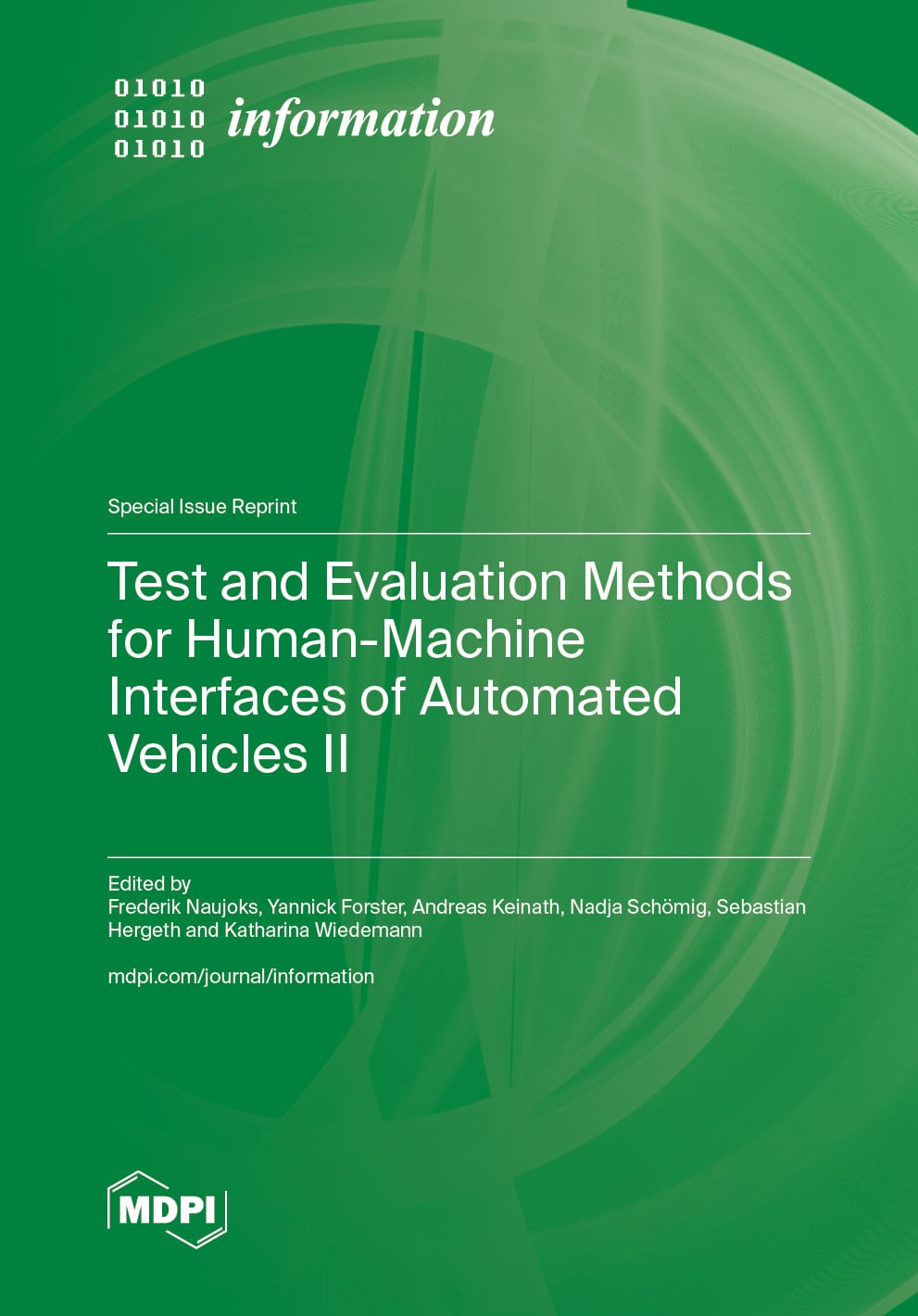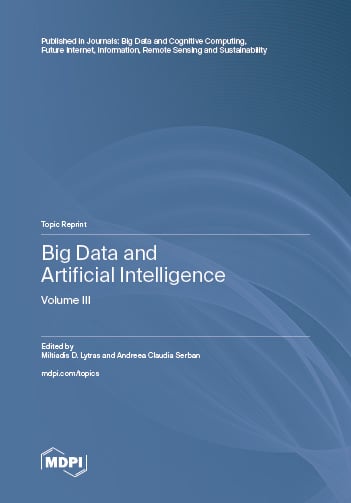- Article
PRA-Unet: Parallel Residual Attention U-Net for Real-Time Segmentation of Brain Tumors
- Ali Zakaria Lebani,
- Medjeded Merati and
- Saïd Mahmoudi
With the increasing prevalence of brain tumors, it becomes crucial to ensure fast and reliable segmentation in MRI scans. Medical professionals struggle with manual tumor segmentation due to its exhausting and time-consuming nature. Automated segmentation speeds up decision-making and diagnosis; however, achieving an optimal balance between accuracy and computational cost remains a significant challenge. In many cases, current methods trade speed for accuracy, or vice versa, consuming substantial computing power and making them difficult to use on devices with limited resources. To address this issue, we present PRA-UNet, a lightweight deep learning model optimized for fast and accurate 2D brain tumor segmentation. Using a single 2D input, the architecture processes four types of MRI scans (FLAIR, T1, T1c, and T2). The encoder uses inverted residual blocks and bottleneck residual blocks to capture features at different scales effectively. The Convolutional Block Attention Module (CBAM) and the Spatial Attention Module (SAM) improve the bridge and skip connections by refining feature maps and making it easier to detect and localize brain tumors. The decoder uses depthwise separable convolutions, which significantly reduce computational costs without degrading accuracy. The BraTS2020 dataset shows that PRA-UNet achieves a Dice score of 95.71%, an accuracy of 99.61%, and a processing speed of 60 ms per image, enabling real-time analysis. PRA-UNet outperforms other models in segmentation while requiring less computing power, suggesting it could be suitable for deployment on lightweight edge devices in clinical settings. Its speed and reliability enable radiologists to diagnose tumors quickly and accurately, enhancing practical medical applications.
23 December 2025





